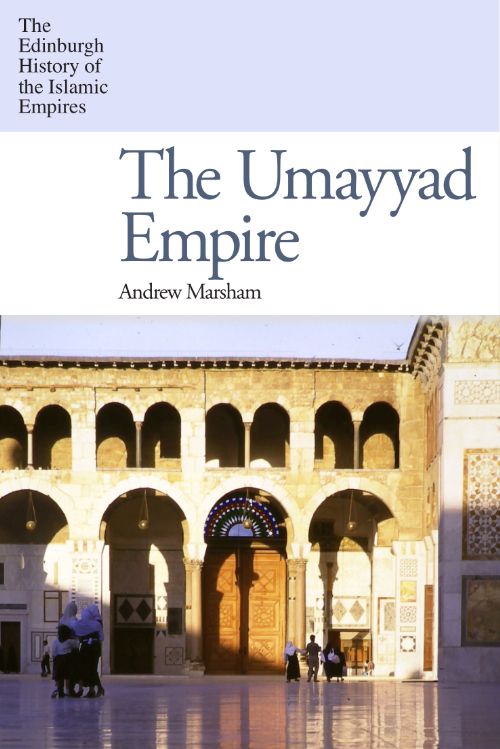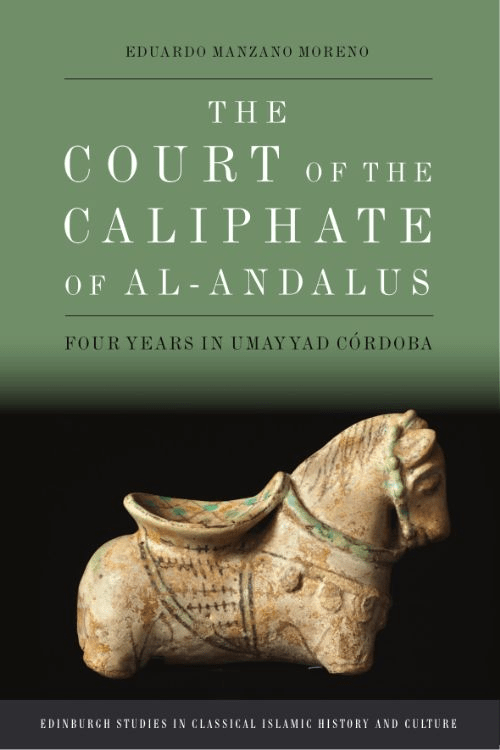
Umayyad Family Dynasty Creates Unprecedented Empire
Reviewed by Robert W. Lebling
The Umayyad Empire
Andrew Marsham. Edinburgh University Press, 2024.
[T]he period 684–750 is usually known as the era of the Marwanid Umayyads, or Marwanids, after ‘Abd al-Malik’s father and predecessor as caliph in Syria, Marwan b. al-Hakam [reigning 684–5], the progenitor of all the sub¬sequent Umayyad caliphs.”
Andrew Marsham, professor of classical Arabic studies at the University of Cambridge, explores the development and history of the Umayyad Caliphate, which, stretching more than 8,000 kilometers, from the Atlantic to the Indian Ocean, grew into one of the most consequential empires the world has ever known. In essence a family dynasty, the Umayyad Caliphate sprouted centuries before Islam itself coalesced. It traced its roots to the early sixth century, was based in Damascus and was quite Syrian in flavor, in contrast with the later Abbasid Empire, which grew roots in Kufa and had an Iraqi orientation. Importantly, this book demonstrates how Islam shaped—and would be shaped by—the Umayyads. The Umayyad Caliphate expanded into a transregional phenomenon, influenced by the neighboring Byzantine and Persian empires. Their success in spreading Islam across the land of the Persians meant that for centuries the latter’s culture would exert greater influence on the development of Islam than that of the Romans (now Byzantines), whose capital, Constantinople, the Muslims were unable to capture. Readers will gain a greater understanding of the Umayyad involvement in the transformative growth of Islam as well as further insight into the Umayyad era’s historic role in connecting the pre-Islamic world with the eventual Abbasid Caliphate that succeeded it.
You may also be interested in...

New Perspective Offered in The Court of the Caliphate of al-Andalus — Our Book Review
Author Eduardo Manzano Moreno gives life to a court scribe’s observations of Córdoba to offer a rarely explored view of the era
In War and Peace, Book Explores How Rome and Persia Remained Frenemies
Book Review: In his latest scholarly work, Roman historian Adrian Goldsworthy reduces Persian and Roman longevity to simply an ever-evolving coexistence.